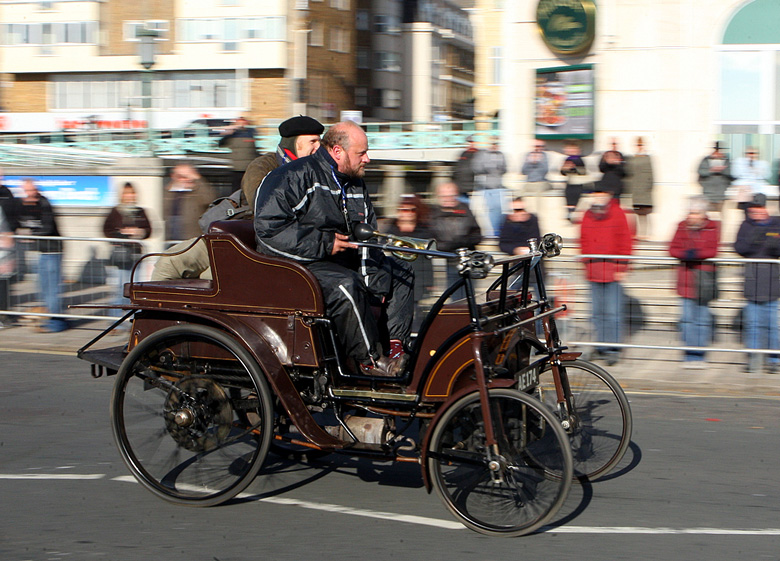
R. Stephens in Clevedon, Somerset made bicycles and between 1898 and 1900 built a few motor cars with the drive being transmitted by belts to a countershaft with chains to the rear wheels. Driver is urging it on.
Story and Photos by Jonathan Sharp
November 6, 2016 – History dictates that the annual London to Brighton Veteran car run happens in November rather than a much warmer month, and this year it was very cold but sunny.
Just after midnight on the 14th November 1896, the Locomotives on the Highway Act passed into law. This law raised the speed limit of light locomotives (cars) from 4 mph to a heady 12 mph, (it should have been 14 mph but they reduced the limit to 12 just before the law came into force). The act is also known as the red flag act, as the act abolished the requirement for a man to walk in front of the car, (though since 1878 he was no longer required to waive a red flag.) The first run From London to Brighton, known as the emancipation run, took place on the day the act came into law. It is believed that no more than 39 cars took part in the run of which only 13 or 14 made it to Brighton, and some of those that made it may have actually come down by train! At the start of that run, a red flag was symbolically torn in half by Lord Winchelsea. At the start of this year’s event, the red flag was torn in half by ex F1 team owner and Grand Prix TV pundit Eddie Jordan.
One of the earliest vintage car events must have occurred in 1927, when the first celebration of that 1896 run took place on the 13th November. The event was open to cars that were at least 21 years old and 51 cars took part. Other than during WW2 and in 1947 (due to petrol rationing), the run has taken place every year with the first Sunday in November becoming the fixed date on the calendar from about 1956.
This year the entry exceeded 425 cars consisting of 111 different marques of which 32% are from the USA, 31% from Great Britain, 29% from France, and 6% from Germany. There was an emphasis on American cars this year. The first car departs Hyde Park in London at dawn, 7.04am to be precise, and the first car to finish the 60-mile run to Brighton usually arrives sometime after 10am. The event is a run, not a race. A Bronze medal is awarded to any car and driver which makes it to Brighton by 4.30pm. It is estimated that at least half a million people (including yours truly) line the route each year to cheer the entrants on.
The continued support and enthusiasm for the Brighton Run is due in part to Genevieve, a British movie made in 1953, which was about the hilarious adventures of two couples participating in the event. This year the Louwmans (from the Louwman’s Museum) were on hand again with the real Genevieve, the star of the movie. You can read more about this at The Joys of Genevieve.
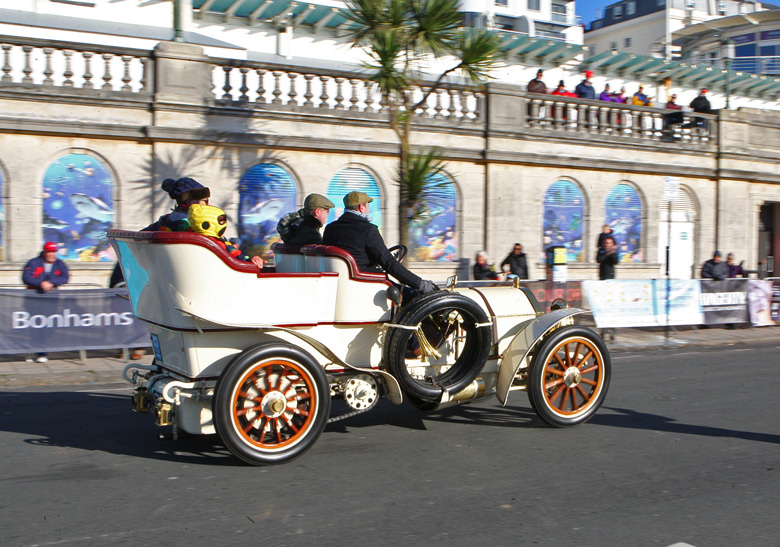
And the winner is? And the winner is? Well, there is no overall winner. Any entrant who reaches Brighton by 4:30pm on the day of the run is a winner. However, the first car to arrive, at about 10.20 am which was at least 20 minutes before the next car, was the 1903 4-cylinder Mercedes entered by Tim Scott and driven by Mr. Chris Scott.
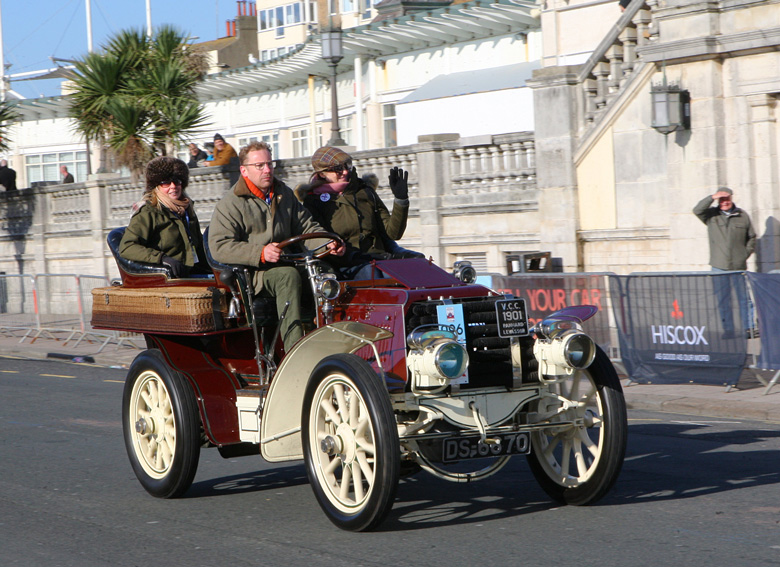
…to be joined shortly after by Charles Knill Jones driving Nick Mason’s 1901 4-cylinder 24 hp Roi des Belges-bodied Panhard et Levassor. When asked if he had had a good run down when being interviewed at the finishing line his reply was “Yes, very easy, we even had time to drop into a drive-through McDonalds for breakfast on the way down!”
Alphabetical Order
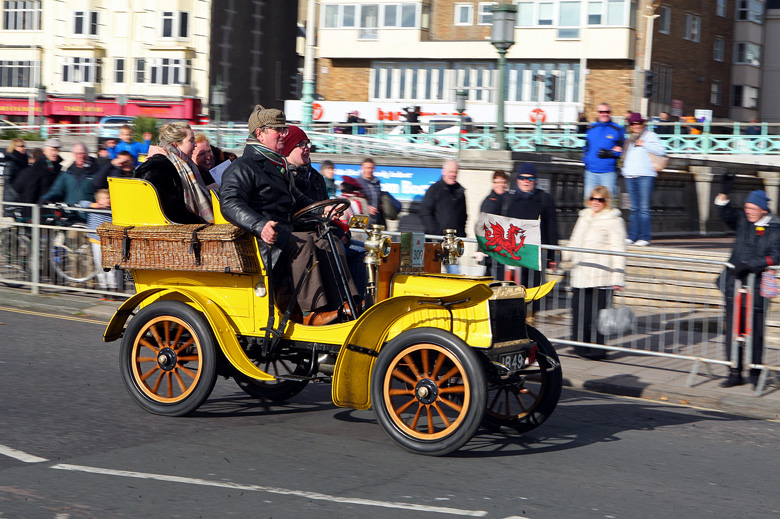
In Birmingham, two engineering firms came together, Onions, originally founded in 1650, and Alldays, founded in 1720. The first Alldays motor car was built in 1898. This example dates from 1904 and is powered by a 7 hp single-cylinder engine. Entered by Johnny Thomas, and driven by Christopher Thomas.
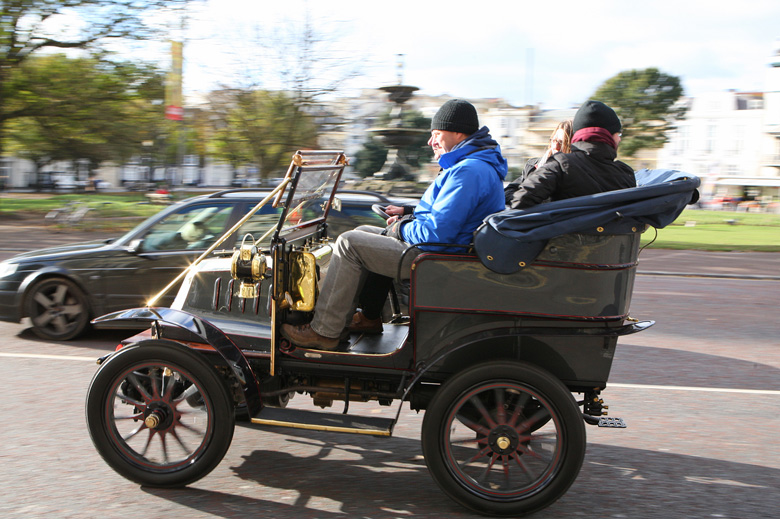
Michael Kent’s Barre dates from 1903 with 2 cylinders and 12 hp. Barre was founded by Gaston Barre in France circa 1900.
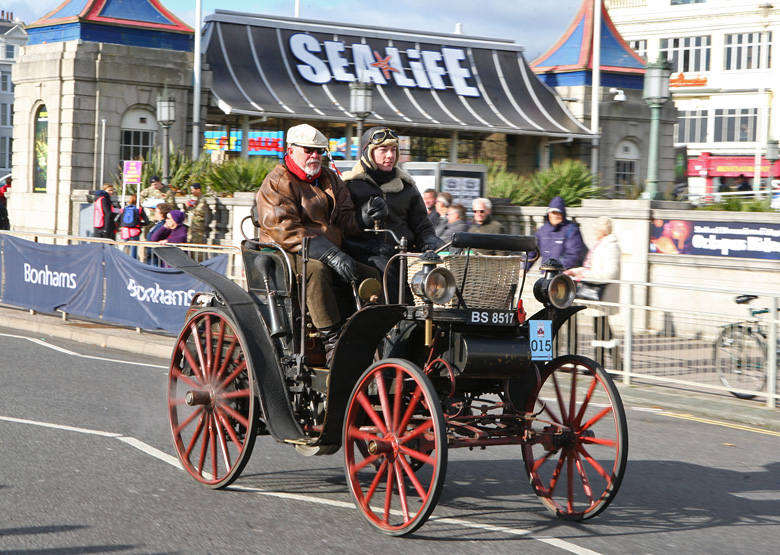
German engineer Theodore Bergmann built his first motor cars with a horizontal single-cylinder engine and belt drive. He later built two and four cylinder models. This car was entered by Ron Mellowship and is a 5 hp single-cylinder example dating from 1898.
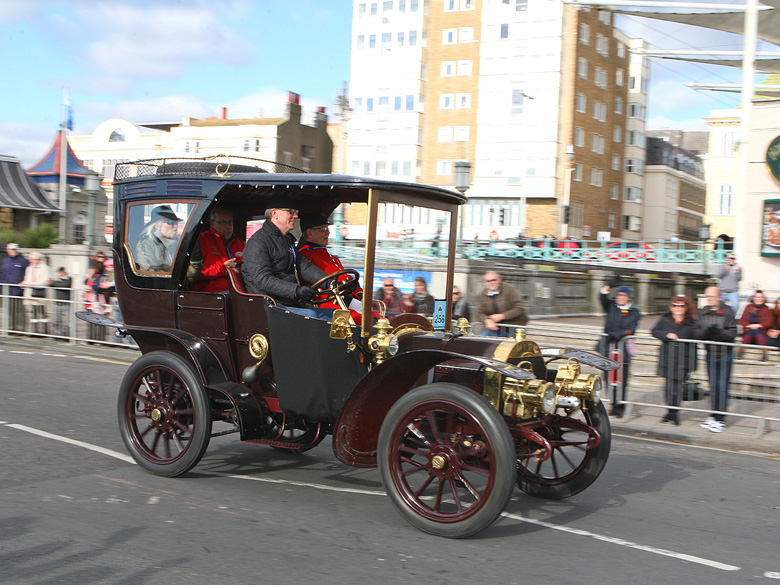
Entered by Arturo Keller and driven by John Bentley, this 20 hp 4-cylinder Berliet dates from 1903. The first Berliet was built in Lyon in 1895. It was a very narrow car as it needed to be able to exit the narrow doorway of the original workshop. Later the cars had to be completed on the pavement outside as the new workshop opened in 1899 was too small. The chap in the front passenger seat wearing a red tunic and black hat is a Chelsea Pensioner. This means he is an old soldier who resides at the Royal Hospital Chelsea in central London. The Royal Hospital was founded in 1692 as a result of a Royal Warrant issued by King Charles the second. The buildings are stunning and were designed by Sir Christopher Wren who of course also designed St Paul’s Cathedral.
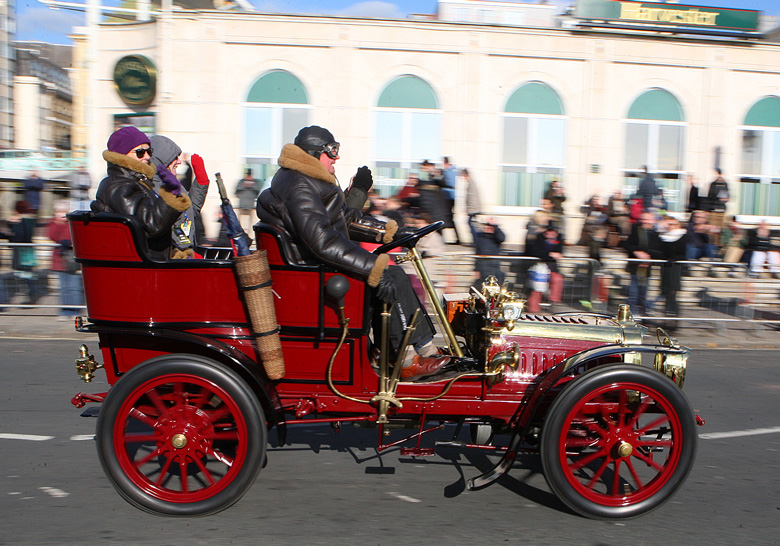
This Clement, entered and driven by Alan Beardshaw also dates from 1903, but is listed as having a 12 hp 4-cylinder engine.
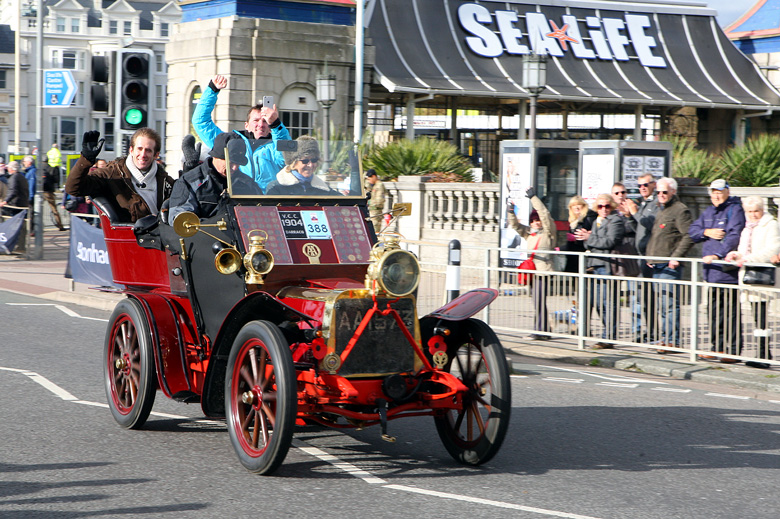
This Darracq dates from 1904 and has a more powerful 4-cylinder engine producing 15 hp. Entered and driven by Graham Gregory.
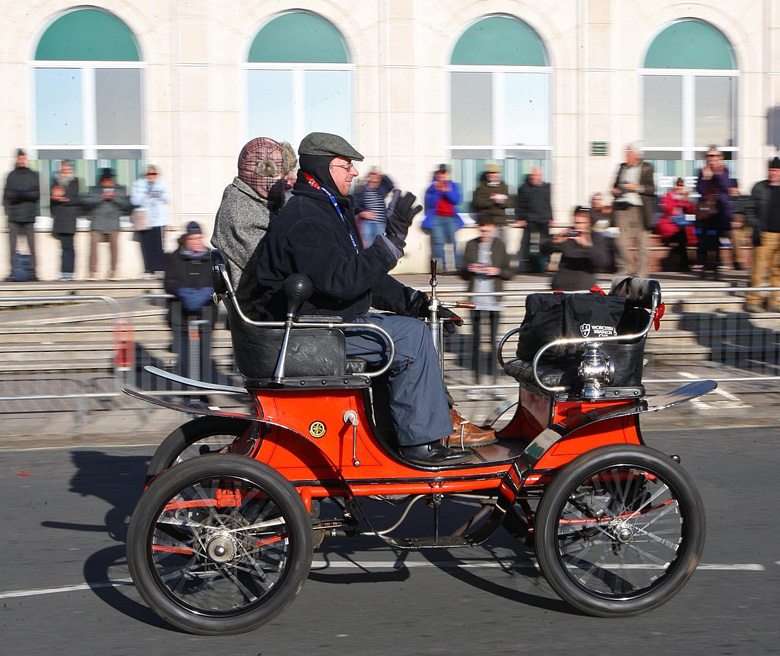
The body style of Dr. David Collier’s 1900 4.5 hp single-cylinder De Dion Bouton is known as a Vis A Vis. Driven on the run by Mr. Simeon Barringer.
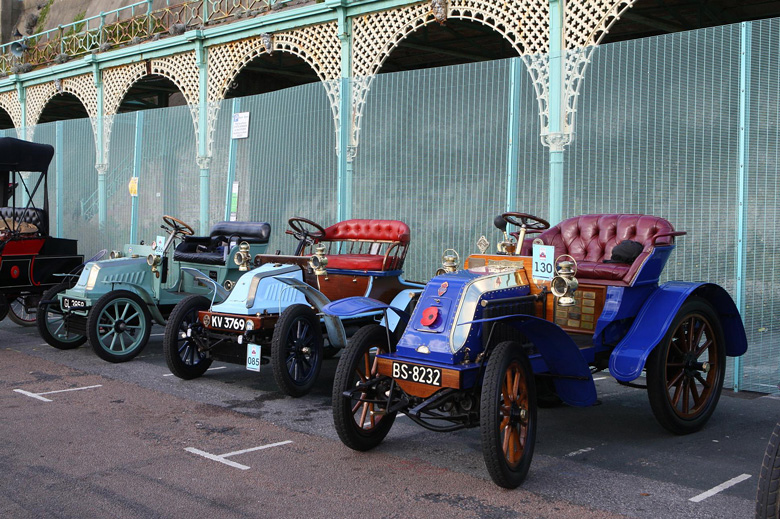
Very little is known of Henri Deckert other than he arrived on the motoring scene in about 1897. It is believed that this 8 hp single-cylinder example entered by Mrs. Barbera Dedman and driven by Mr. Michael Dedman is the only remaining example.
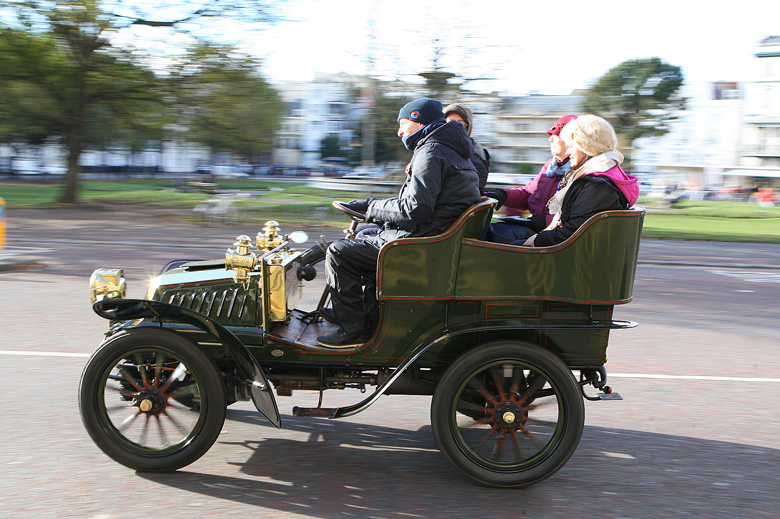
A Lambert & Cie were a Paris based manufacture which produced cars powered by either De Dion Bouton or 2-cylinder Abeille or Aster engines of up to 12 hp. All came with shaft drive, artillery wheels and two or four seater bodies.
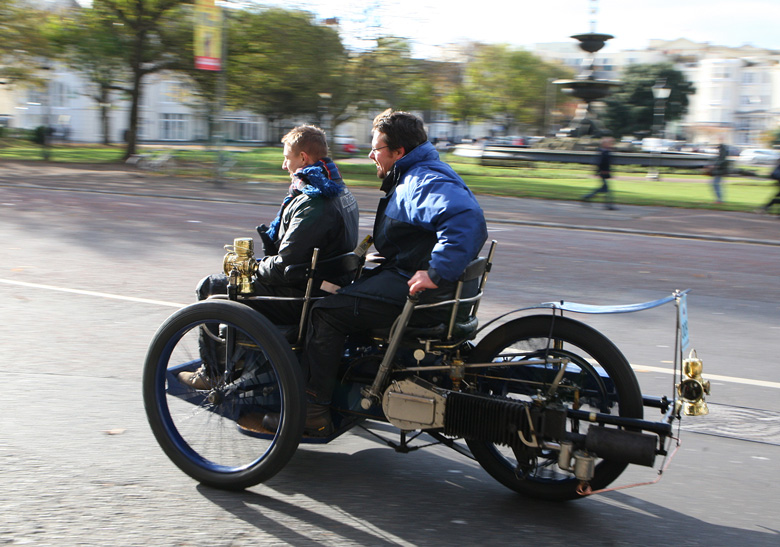
Amédée Bollée Senior was a major steam vehicle maker from the 1870s. Sons Léon and Amédée Junior built three wheelers which were fitted with a single-cylinder air-cooled horizontal engine. They were fast but noisy, especially in twin-engined form. The belt drive proved temperamental but several hundred were built. In 1903 the company switched to making four-wheeled cars with four-cylinder engines. This Léon Bollée dates from 1898 and was entered and driven Mr. Vyvan Bewley.
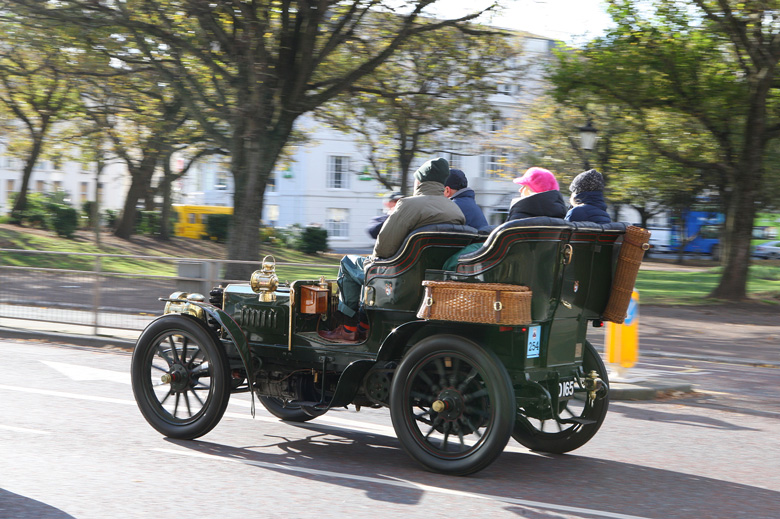
Designed by inventor of the Maxim gun, Hiram Stevens Maxim, and built by the London General Automobile Company Ltd, power came from a twin-cylinder 16 hp T head Fafnir engine. It used a three speed gearbox and twin chain drive. The company was founded in 1902 but only lasted until 1905. This was entered and driven by Mr. Ian Strang.
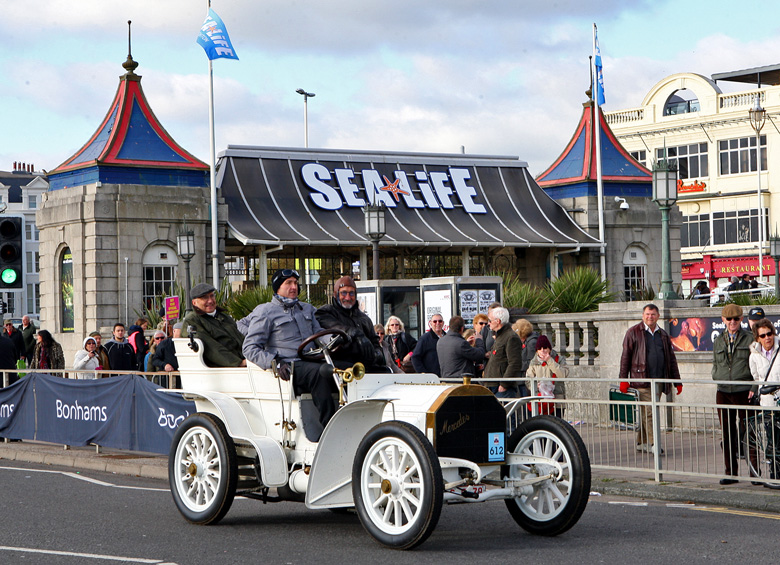
This 40 hp 4-cylinder Mercedes Simplex with tonneau bodywork dates from circa 1902. Entered by the Mercedes-Benz Museum and driven by Mr. Thomas Geiger, and the passenger is Mr. Eddie Jordan, ex-F1 team owner and TV pundit.
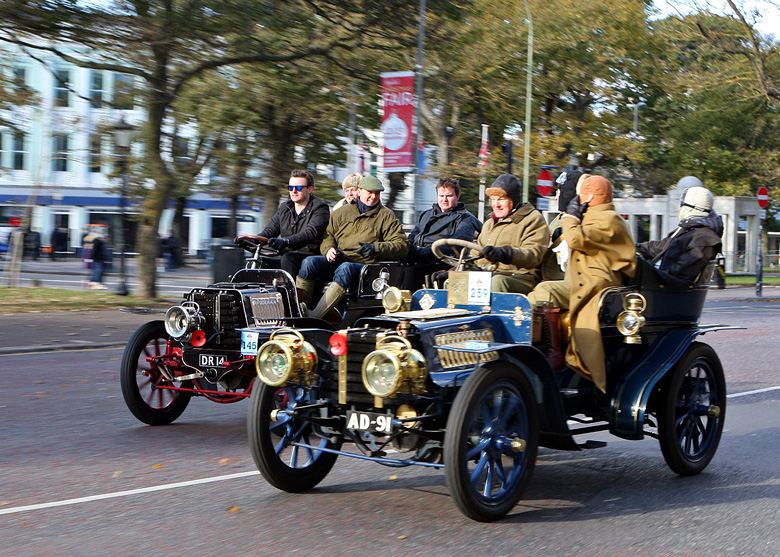
His and Hers MMC’s. Harry J Lawson was the promoter of the first ever London to Brighton run in 1896. He also founded the Great Horseless Carriage Company which became the Motor Manufacturing Company in 1898. Originally powered by rear-mounted twin horizontal engines, by 1902 the engines had become front-mounted and offered in one, two or four cylinders. Car 259 is a MMC 1903 20 hp 4 cylinder example entered and driven by Mrs. Lindsay Lawson. Car 145 is Mr. Henry Lawson’s 1902 MMC 2 cylinder10 hp. Mr. Henry Lawson is a distant relative of the founder.
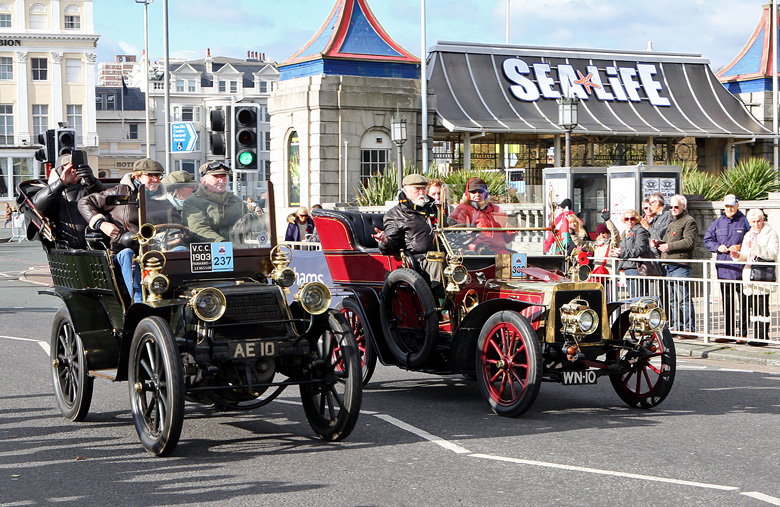
1903 Panhard Et Levassor entered by Sir George White and a 1904 Darracq driven by Johnny Thomas. These are both four cylinder cars.
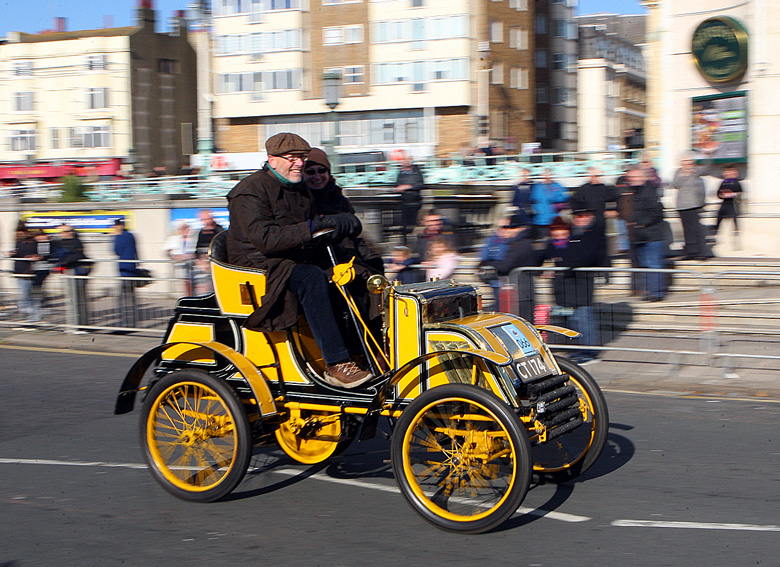
JH Pick from Stamford Lincolnshire originally made bicycles. After making a few cars for the local gentry in 1900, Pick founded the Pick Motor Company. Production ran from 1900 to 1904, and started again in 1906. This single-cylinder 4 hp model dates from 1901 and was entered and driven by Mr. Robert Hadfield.
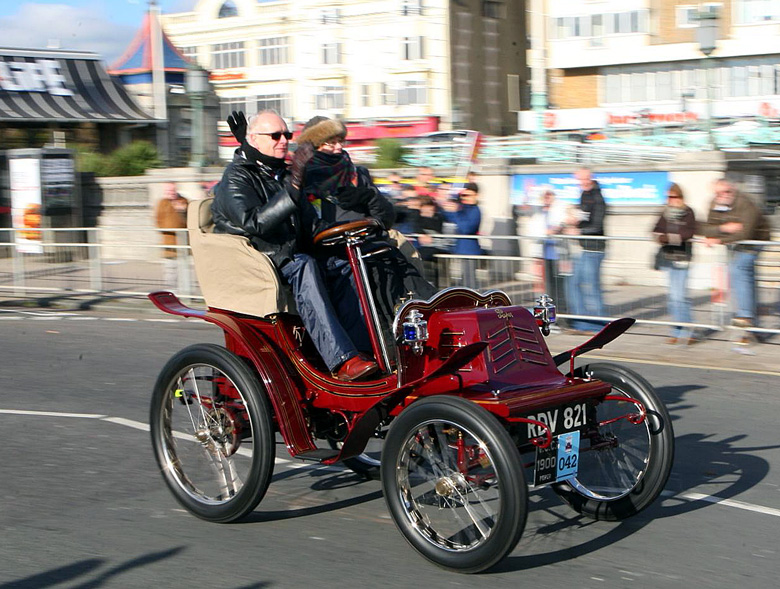
Henri Pieper founded a factory in 1866 to manufacture armaments. In 1897 Pieper, based in Liege, Belgium, built an electric quadricycle. In 1899 they made a petrol electric two seater which used a 3hp De Dion engine. From 1901, only petrol powered cars were produced with a four cylinder model being offered in 1902.

Rex brand bicycles were made in Birmingham up until 1902 when the company merged with Allard Co and moved to Coventry were they produced a range of cars. A tri-car was made in 1903 which by 1904 had become more-car like and was called the Rexette. This example entered and driven by Mr. Martin Hall, has a 5 hp single-cylinder engine and dates from 1904.
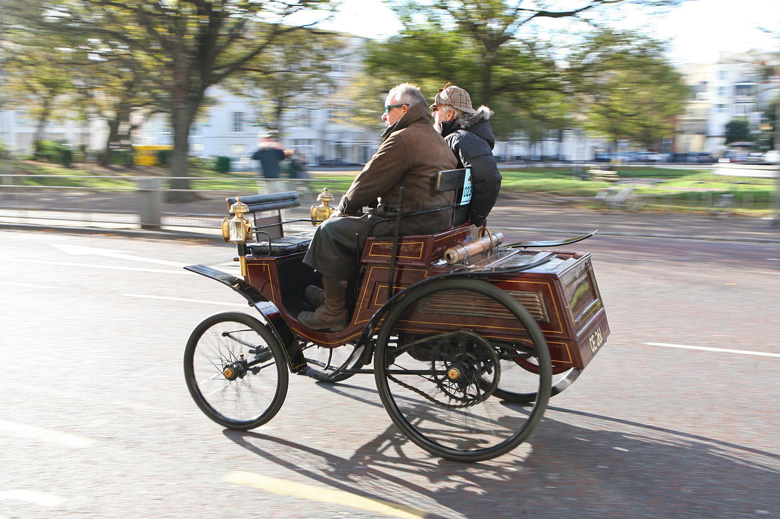
The Lisle family had started to make bicycles in 1883 before producing cars based on a Mercedes design between 1899 and 1902, by which time other designs were available. By 1904 all of their cars were Mercedes-based and called Stars.
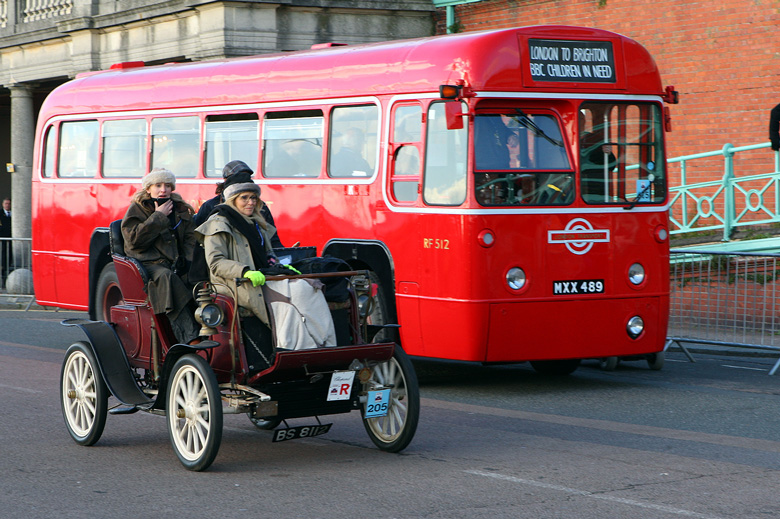
The Stevens Arms and Tool Company based in Chicopee Falls, Massachusetts acquired an interest in a twin-cylinder four-stroke Runabout in 1901. Later that year the Stevens Duryea 5hp Runabout was offered. In 1904 the company pioneered the three-point mounting of an engine.
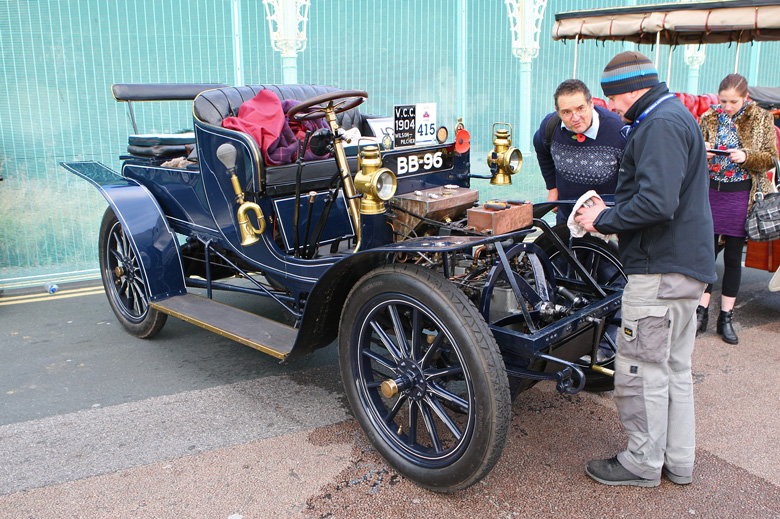
This 1904 Wilson Pilcher was entered by Ross Brawn. Created by Walter Gordon Wilson who later went on to invent the tank, this is believed to be the only remaining example of this British-built motor car.

On the day of the run Brighton becomes a magnet for classic cars, not just cars entered in the run but everything from Hot Rods to MGs, to this Knox, which would seem to have been an entrant in the 2007 Peking to Paris event. Knox was a manufacturer of cars and later trucks and farm tractors between 1900 and 1924.

Walking back to my car, whilst waiting for the crossing lights to change, this Fire Engine appeared from a side turning. Known as Jezebel, this Dennis N Type fire engine dates from 1916, weighs 5 tons and contains 55 square feet of brass to be polished. Built for the London Fire Brigade Jezebel serviced the Brigade well including serving during the German bombing raids on London in WW1. In 1932 she was sold to the Warrington based soap manufacturer Joseph Crosfield and Sons. During the 1950s, students of the Royal College of science were looking for suitable transport for their President. Upon learning that a Fire Engine was for sale the students clubbed together and offered £50 for her. After the offer was made Joseph Crosfield kindly donated the engine to the college. She is still maintained by students of Imperial College London, she does 4 miles to the gallon and it is believed that sitting on her will either bring you luck,or a sore bum!
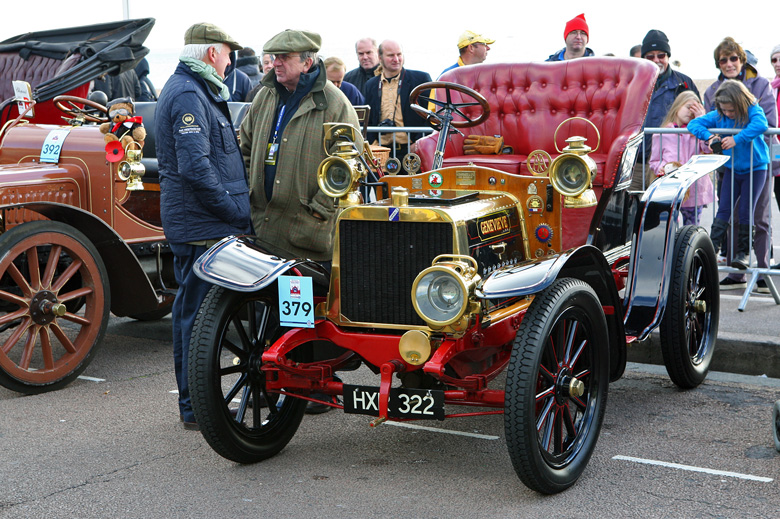
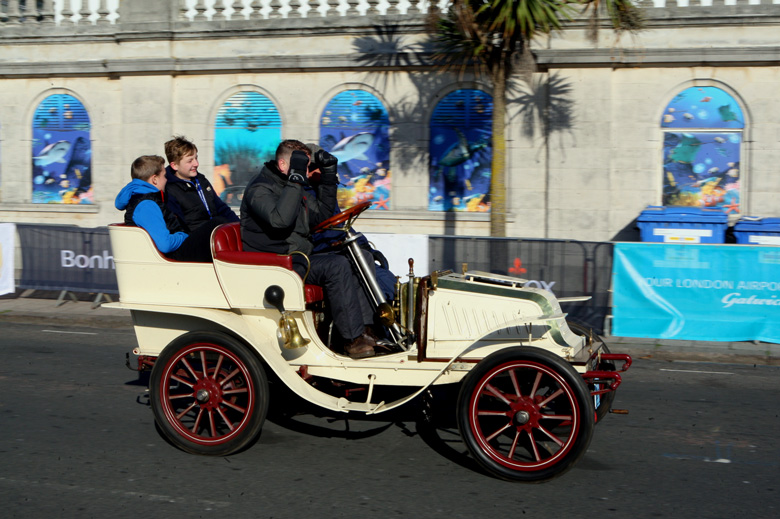
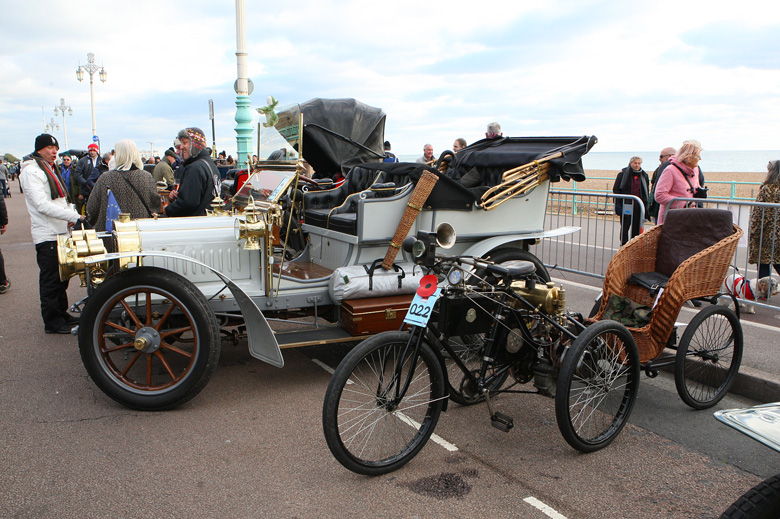


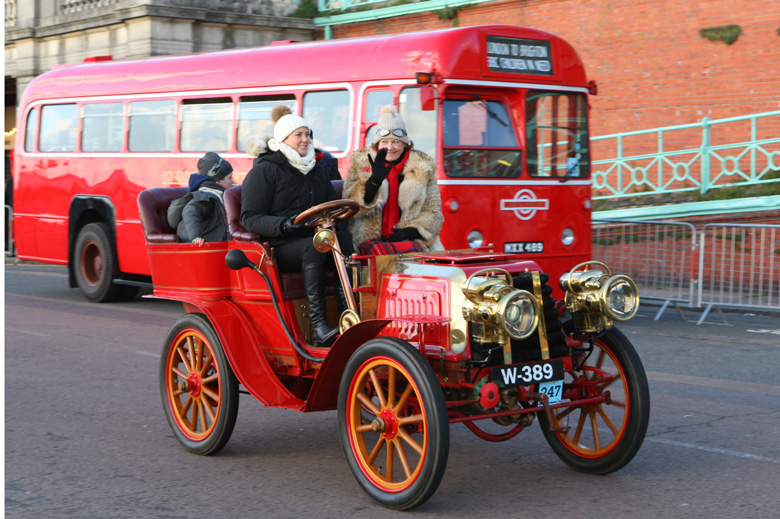
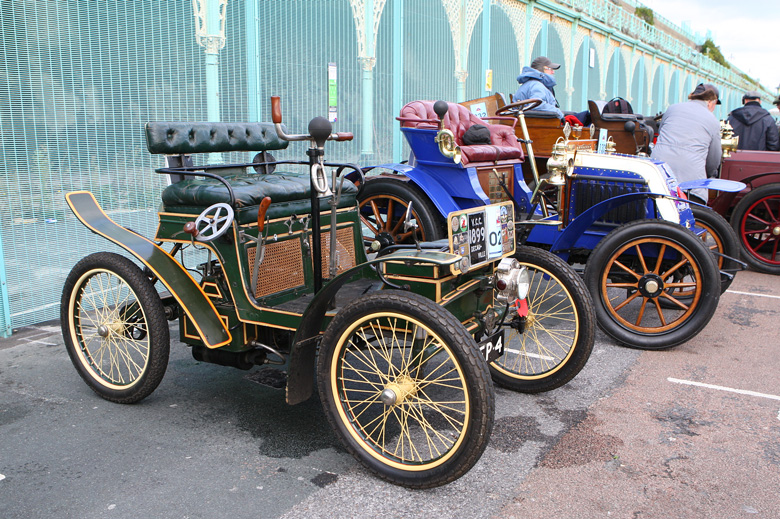
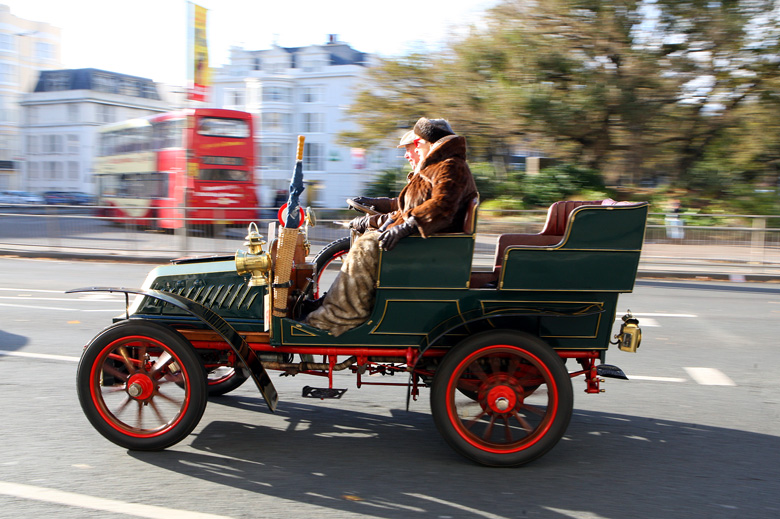
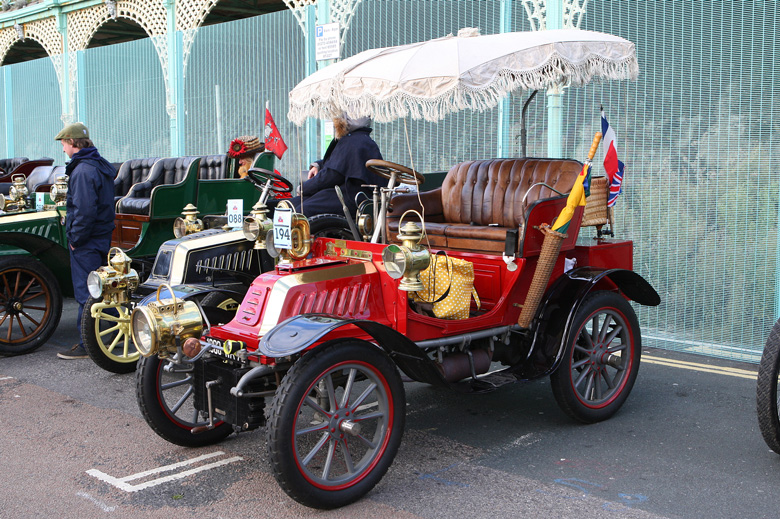
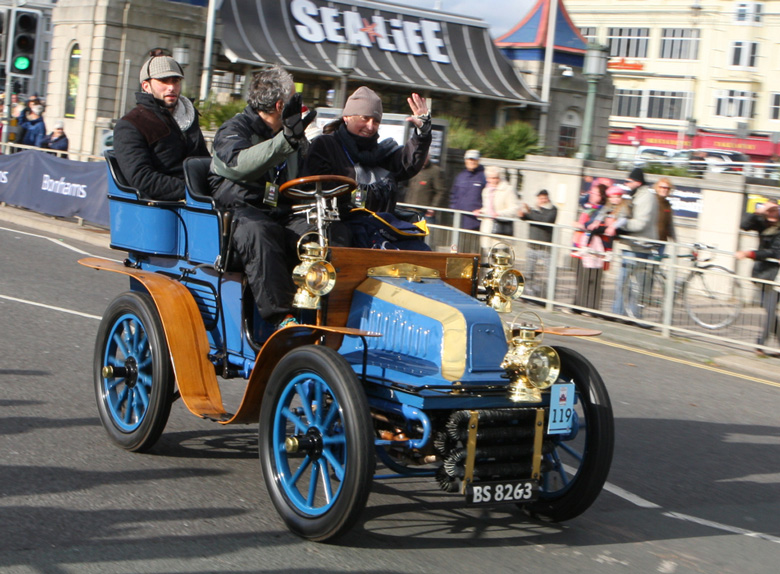
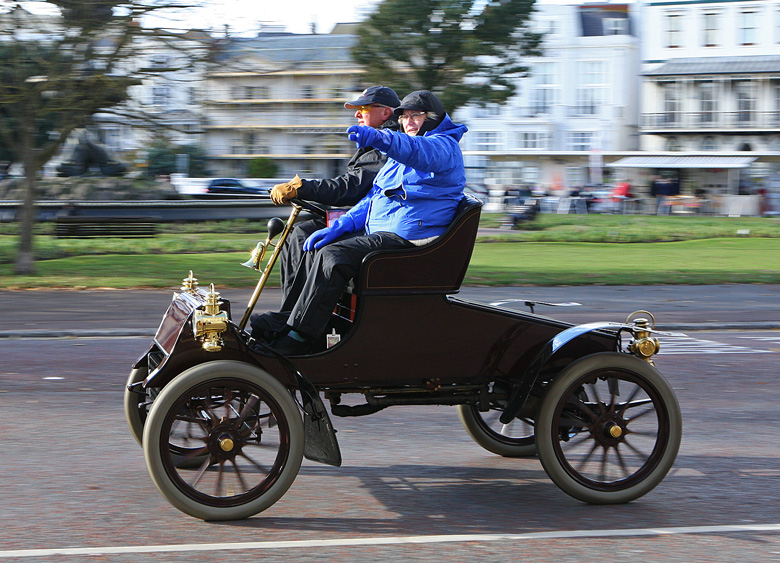
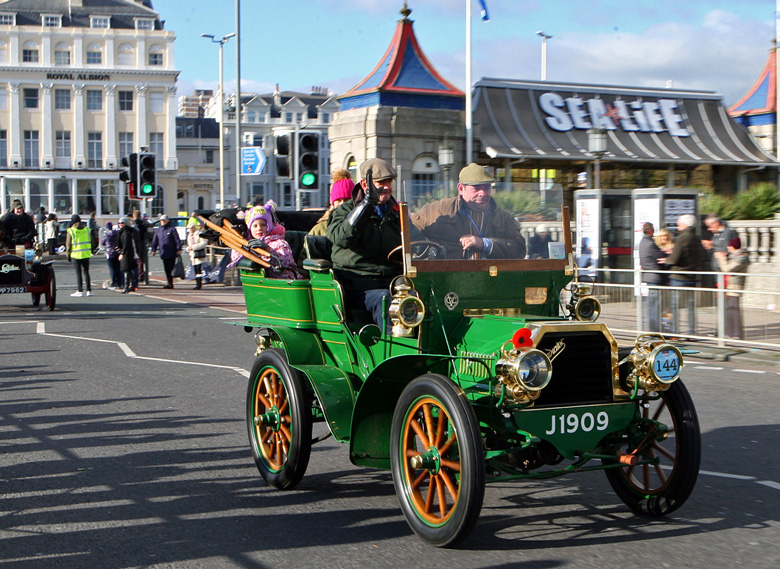
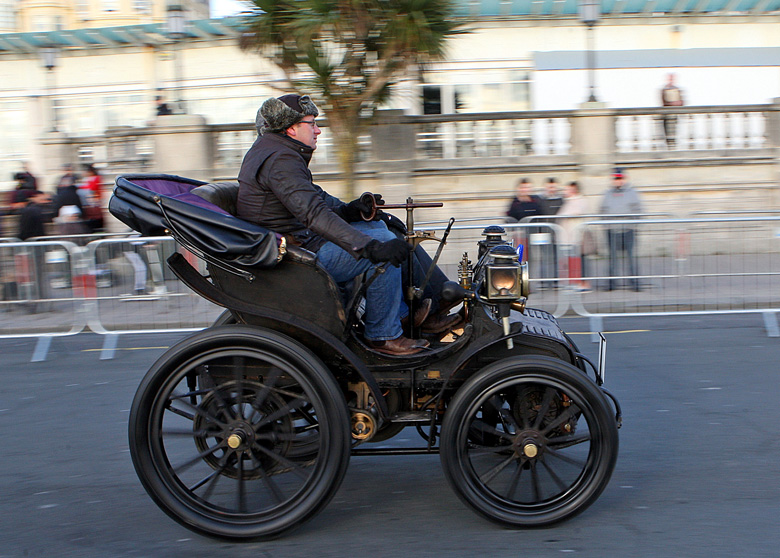
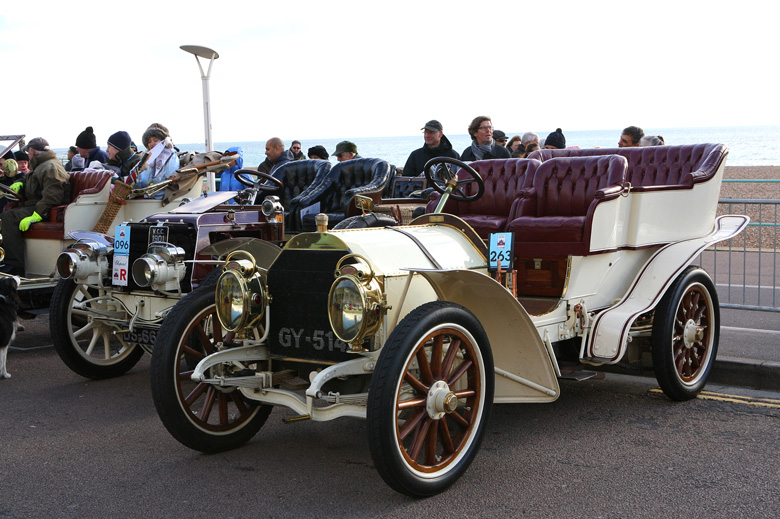

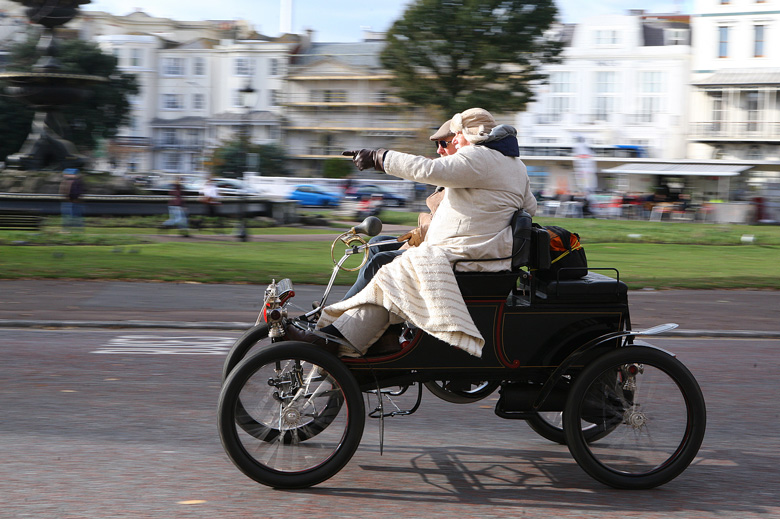
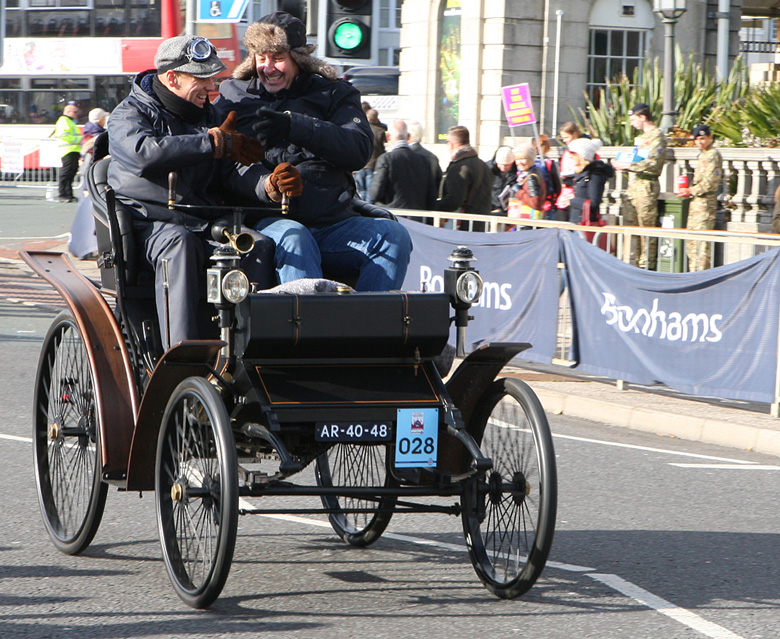
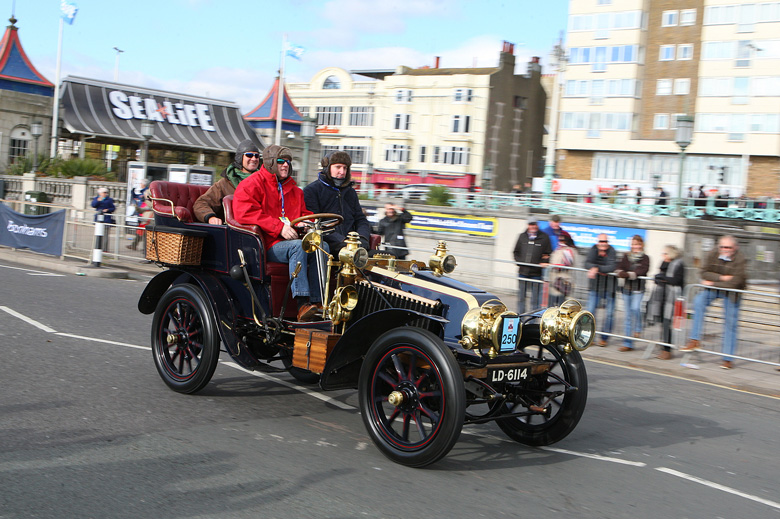

Wonderful cars! Love the diversity. At this stage in automobile development, any and all ideas were being tried out. Amazing results!